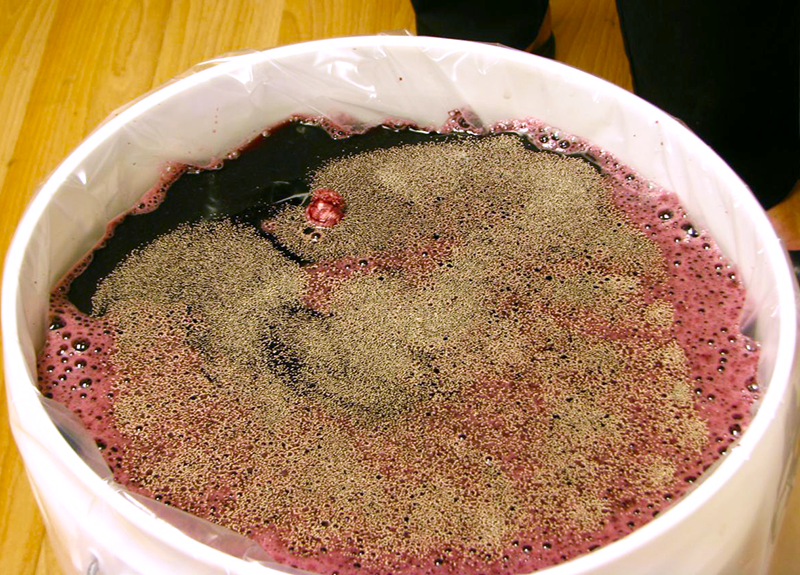Nitrogen is a key factor in the development of a quality fermentation. Proper nitrogen or nutrition levels in your juice or must for home winemakers has always been for the most part a guessing game. This is primarily due to the difficulty in obtaining the existing concentration of nitrogen levels already present in your juice or must.
The scientific term for this is YAN, or yeast assimilable nitrogen. Let us look at a sound approach to adding nutrients to our juice or must, understanding why it is a good practice, and when to add the nutrient.
Why?
Nitrogen or YAN has a significant impact on alcohol fermentation and wine quality. Early on nitrogen or YAN, aids in expanding the yeast cell population or bio mass. Later, nitrogen provides the nutrition that helps yeast cells maintain viability in the hostile environment of higher alcohol levels. Yeast cells that are undernourished or nitrogen deficient will struggle in the harsh environment of the later stages of fermentation. These yeast cells can impart foul or undesirable aromatics in wines and can contribute to or cause stuck fermentations.
How much?
To achieve a successful and healthy fermentation we suggest a minimum of 200 milligrams of YAN per liter of juice or must. (a gallon = 3.785 liters) As sugar levels increase more YAN is required. Consider, 200 mg/L of YAN sufficient in 22 brix juice or must. Adding an additional 8 to 10 mg/L of YAN for each brix above 22 will maintain adequate levels. In juice above 27 brix, be certain to have a minimum of 350 mg/L , as higher alcohol levels will create a more hostile environment. This dosage will meet at least the minimum and give you a solid foundation for a good fermentation. More is not better..excessive nitrogen levels can block the production of desired aromatic qualities in wine. If your yeast do not consume all the YAN, there are leftovers for spoilage organisms making them stronger. There are cost considerations as well.
When?
A single addition of YAN at the beginning of fermentation is not a sound practice. This method will result in the yeast depleting the nitrogen, a sudden increase in fermentation speed, and a noticeable rise in fermentation temperature. YAN additions can and should be made in two steps. One half of the dosage should be added at 1/3 sugar depletion. The second half of the dose should be administered at ½ sugar depletion. If our juice or must is 24 brix at the start, the first addition should be made at 16 brix. The second addition should then be made at 12 brix. This practices allows nutrition to be readily available for the yeast throughout the fermentation process, enabling them to complete their task. Variables always exist. When choosing a yeast strain, make certain you understand the nitrogen requirements of the particular strain you are choosing. Keep your yeast happy and make better wine...feed them!
Cheers!






